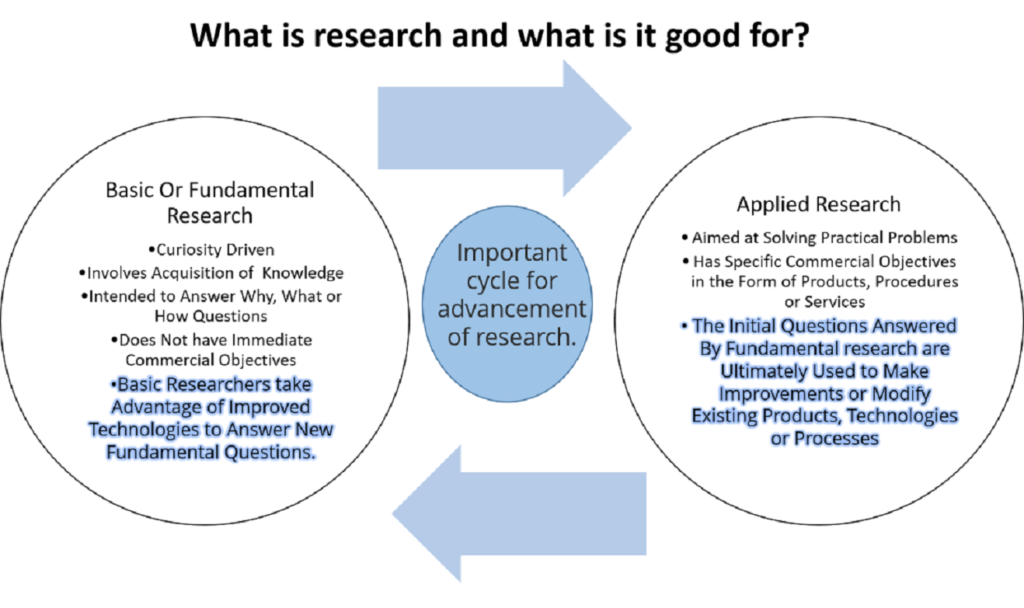
Research involving an animal model range from basic research to understand how to develop a better understanding of animal and human anatomy, physiology, pathology and pharmacology. It also helps to understand how normal biological processes become altered in disease, and to study and identify new ways to treat the condition or potential new treatments.
There is still a vast majority that is unclear of human diseases that is not possible for scientists to answer solely by studying human patients. Animal models have been used in experimental research to bridge this gap in knowledge by contributing to find effective solutions to biological and biomedical questions.
During the 18th & 19th centuries the development of animal models expanded, with scientists such as Jean Baptiste Van Helmont, Francesco Redi, John Needham, Lazzaro Spallanzani, Lavoisier and Pasteur, conducted animal experiments to study the origin of life (Oparin 1957)
There are many different types of animal model used in research and they do not necessarily exactly mirror the human condition but can still provide important insights into relevant biology. Animal models like yeast to worms, flies, fish, birds, mice, to nonhuman primates and humans— over 180 species possess Genetic homology to humans
To quote an example “an animal model may be used to predict the likely effectiveness of a novel treatment before it progresses to studies in patients.” Also in basic biology, animal model may be used to gain insights into the mechanisms which are causing the disease to help identify new ways it might be treated in the future. However, it is important to recognize that all animal models have some limitations
Fundamental / Basic Research using Zebrafish Model.
The zebrafish is a widely used model organism for biological research in the fields of molecular biology, developmental biology, genetics, oncology, and neurobiology. George Streisinger initiated the use of zebrafish with his first study on genetic mutations affecting nervous system development at the University of Oregon published in 1981.
BASIC Research via Zebrafish Model is yet to evolve at grass root levels in India. Primarily these are toxicology studies conducted at Pharmacy Colleges, Labs, and CRO clinical research organizations. Toxicology is the study of the adverse effects of chemicals on biological systems. It is a challenging and multi-dimensional discipline of science. The purpose of toxicity testing is to provide an adequate database to make decisions concerning the toxicological properties of chemical and commercial products. Many researchers are working to evaluate the toxic effects of various compounds, including plant extracts, fungicide, pesticide, insecticide, and Nanoparticles on zebrafish.
There is very little published data on infrastructure availability, intellectual availability, and zebrafish animal husbandry in India. We are conducting a nationwide survey to access the above and will publish the findings in due course of time.
If you wish to share any information on Students keen on Basic Research, any institutions, academicians interest in zebrafish model research, do drop in an email on zebrafish@zebfin.res.in.
ZEBFIN for Basic Research
Learning Basics of Zebrafish Model
We are in the process of putting together a Basics of Zebrafish Model – Research via online and offline format. A hybrid model that will give every student an opportunity to learn and see if their interests lie in Zebrafish. An official announcement online will be made soon.